


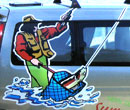 |
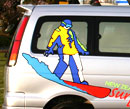 |
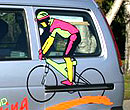 |
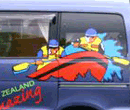 |
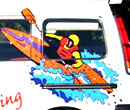 |
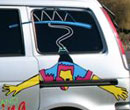 |
orienteering Have you tried getting your mind around ‘The Thought Sport’.This adventure sport calls for a perfect harmonious balance between mind and body. You use your mind to interpret the map and compass and your body to tackle the strenuous physical achievement of completing the course. Orienteering originated in Scandinavia as an ideal family event for all ages and skill levels. Parents and their children can fully participate together. The sport allows you to set your own pace at somewhere between a leisurely navigation exercise to dashing at break-neck speed through the forest while making split-second decisions in map and compass reading. Orienteers navigate as quickly and accurately as they can between control points. These are usually marked by orange and white flags beside distinct features such as a round knoll or stream junction. The map is the central focus of attention and map reading skills are the key to determining the best possible route. The most common kind of orienteering is ‘point-to-point’ - finding your way across country by the most direct route. Another type is ‘relay’ where teams of 3 or 4 members collaborate. ‘Nocturnal’ orienteering in midnight to dawn events offers a special kind of intensity as competitors are limited to the visual range of their torchlight. Orienteering clubs are mainly based in the cities. Check the yellow pages for contacts or inquire at the nearest Visitor Centre. Be prepared to push body and mind to the limit of endurance on this very competitive sport. ‘Go hard or go home’ is the only way to approach it - it’s the ‘professional’ way to get lost in the woods. |